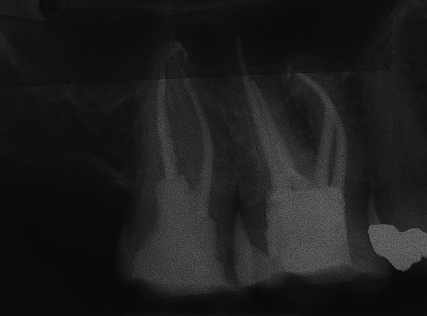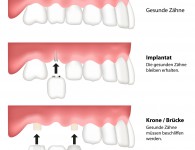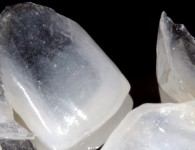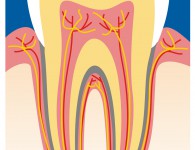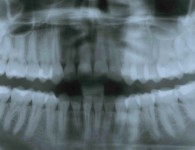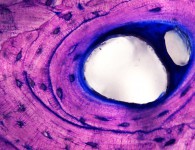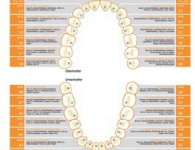A healthy tooth is kept healthy by a system of nerves and a constant supply of blood. If germs manage to infiltrate the tooth, usually caused by caries, then this is experienced as toothache. In such a case the tooth must be extracted or at best an endeavour is made to keep the tooth for cosmetic reasons.
This was true prior to 1965, the time before implants were discovered. By manually removing the blood and nerves and then filling the cavity the healthy tooth is transformed into a dead tooth. After stopping the blood supply to the tooth and removing the nerve no more pain can be felt – at least theoretically. Should the pain continue inspite of this, or if the x-ray images show an infection in the tip of the tooth root in the jaw bone area, then a second root treatment is necessary or a root resection (a minor operation to remove the apex of the root within the jaw bone).
All things considered, root treatment and root apex resection in particular are problematic procedures. The ramifications of the blood, lymph and nerve vessels are intertwined in the jaw bone similar to the crown of a tree. Once germs become implanted there it is a tricky business getting rid of them, as they cannot be eradicated simply by filling the main root canals. The body registers this unnatural infection and tries to eliminate it with various mechanisims but is however doomed to failure.
It must be noted at this point that a root treatment is an invasion on the human organism and is not intended by nature, moreover the body is not equipped to cope with the effects which can ensue.
In a few cases where germs have not infiltrated the root apex e.g. in trauma cases where the nerve slowly dies off as a result of a fall) a root treatment can have a neutral effect on the organism (provided the chosen material is compatible with the patient, see environmental dentistry). Root apex resection is always carried out as a last resort before extracting the tooth, and therefore the prognosis is conceivebly poor.
Today’s modern methods of implantology offer optimal solutions for individual cases and so such desperate measures for conserving teeth are no longer necessary.

